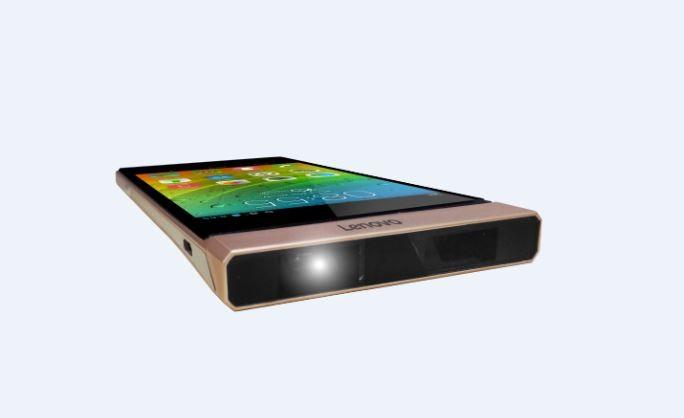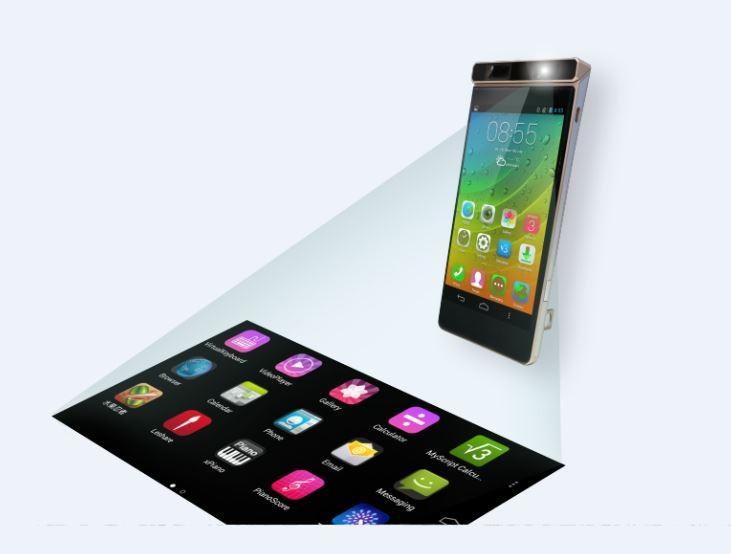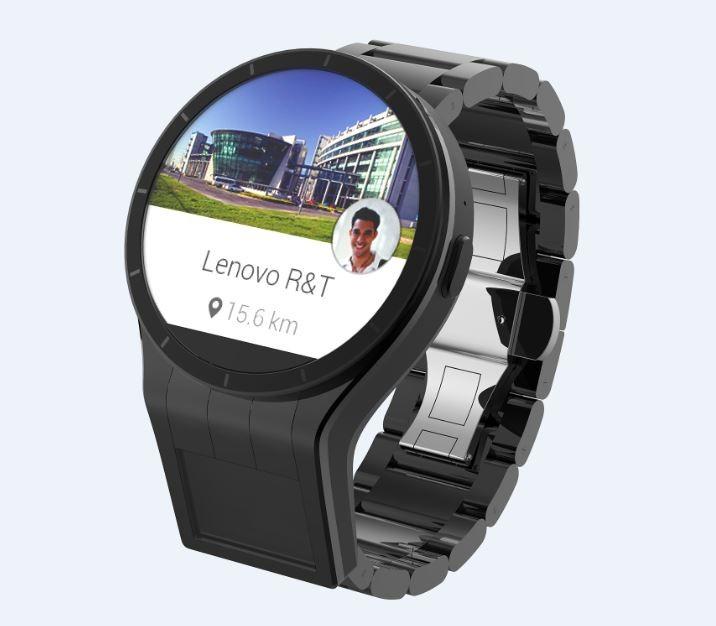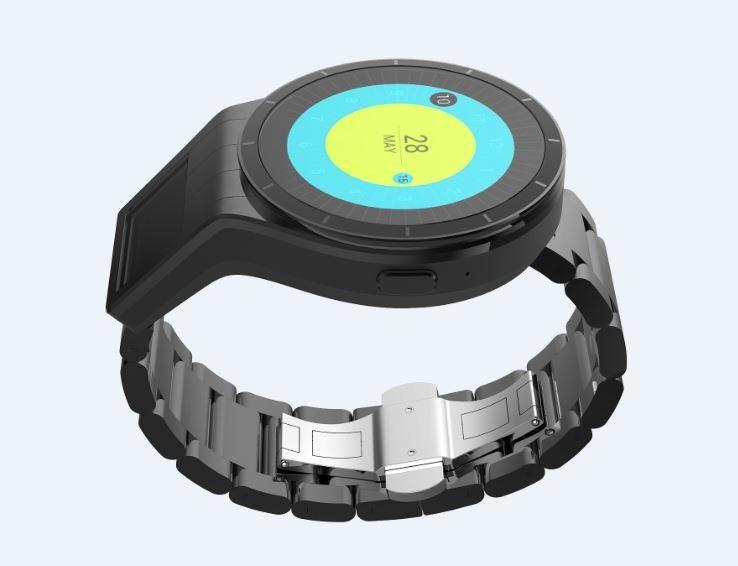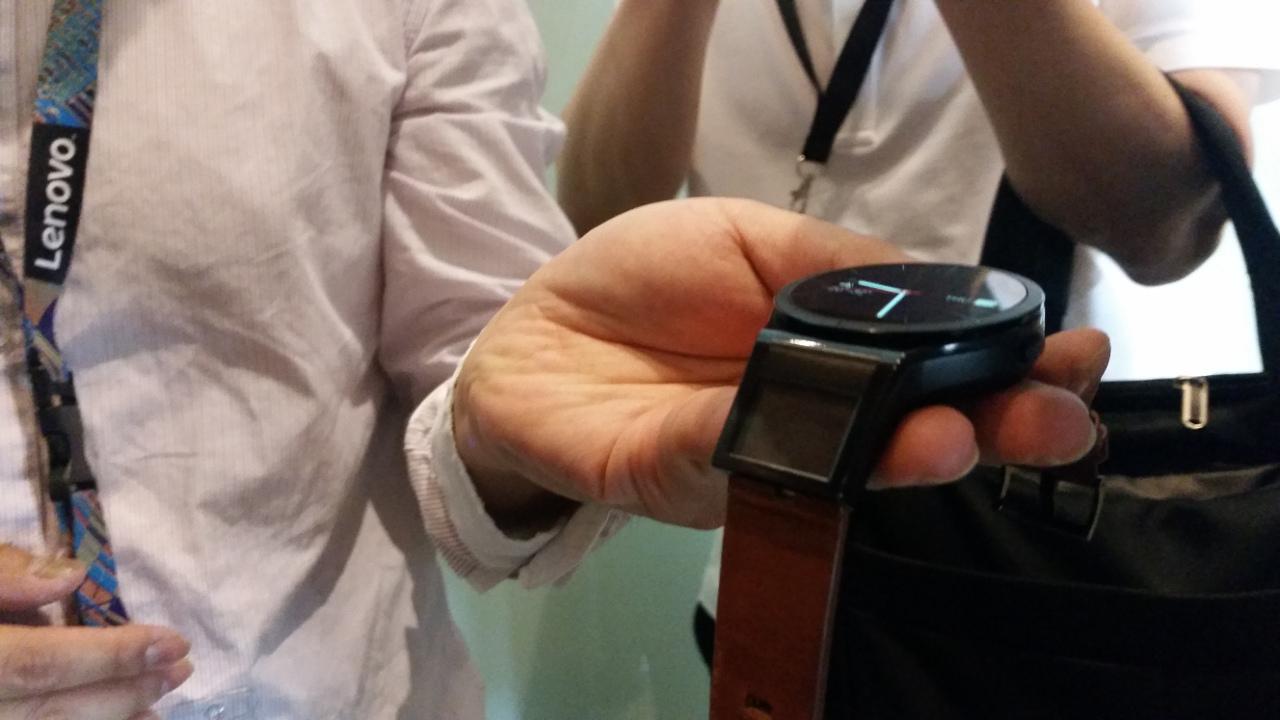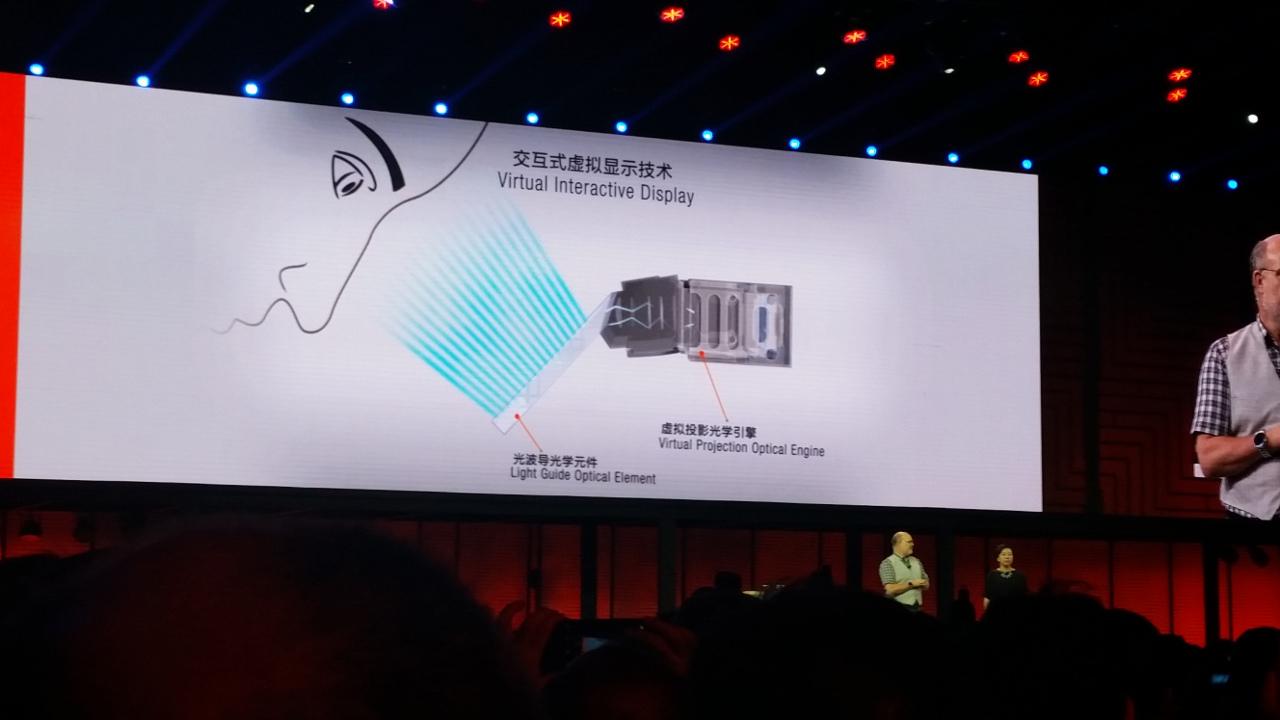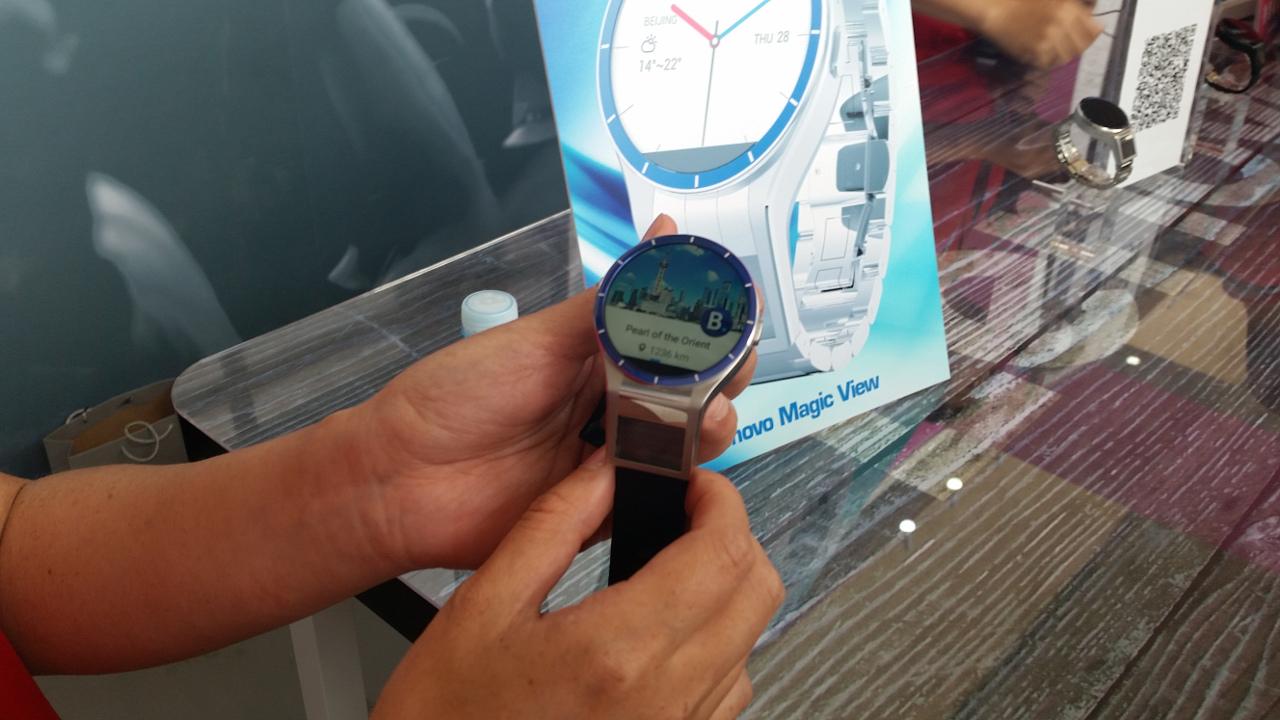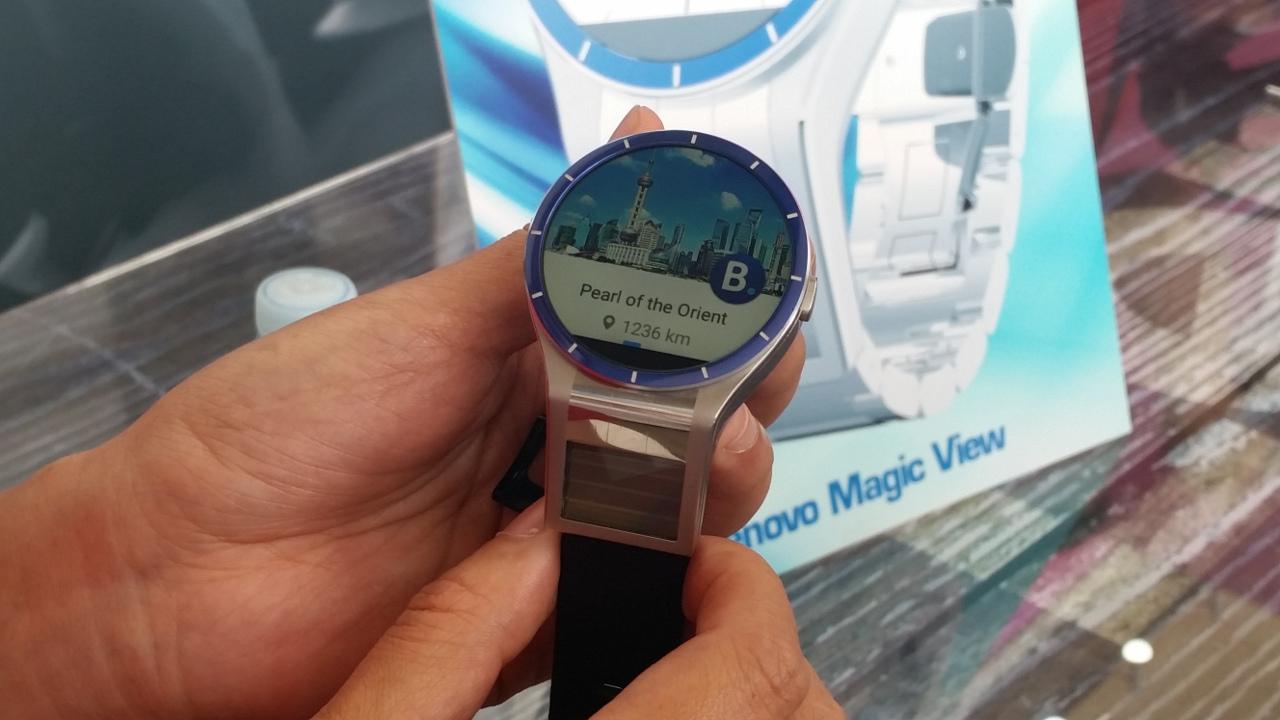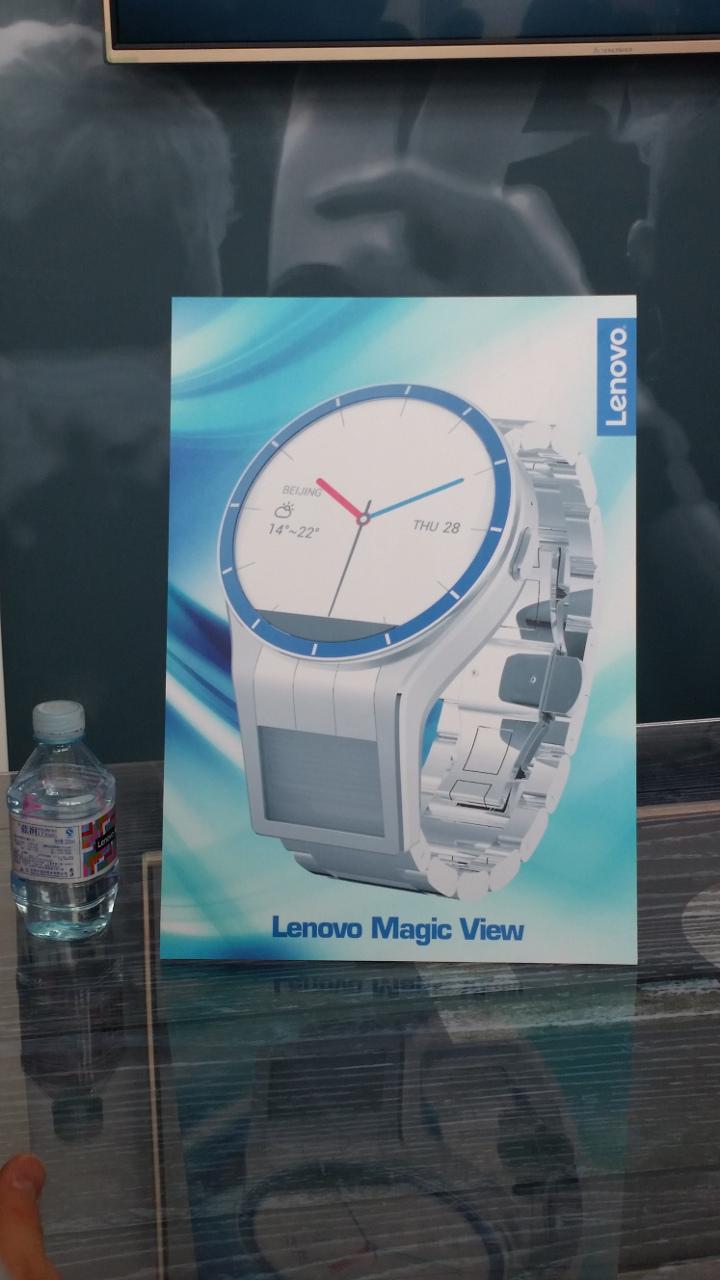Lenovo Reveals Magic View Smartwatch, Smart Cast Phone Concepts
We may receive a commission on purchases made from links.
Lenovo is definitely on a roll at Lenovo Tech World in Beijing, its first ever global tech event. Three laptops, a tablet update, a Chromecast-like puck, a partnership with Microsoft, and Moto Maker for China. But all those are in the realm of actual or upcoming commercial products. The world's largest PC maker, who is dipping its toes in other segments of the tech world, also showed off products that, so far, remained in the realm of possibility, like the Magic View smartwatch and the Smart Cast projection smartphone.
Before you pass off the Smart Cast concept as yet another smartphone with a built-in projector, we invite you to take a closer look. While the device indeed can behave like Samsung's odd Galaxy Beam (which had a successor, by the way), the laser projector can actually be rotated in order to project images onto a surface, say a table, with the phone itself propped upright. It can project, for example, the screen or a virtual keyboard on the table, which the user can then interact with that projected image directly.
Sounds familiar? It's practically the same concept behind virtual projection keyboards like the Celluon CL850 that we saw way, way back in 2007. Except this time the projection goes beyond displaying just a keyboard and can display in full color.
The Magic View smartwatch concept is just as eccentric and probably harder to grasp. One of the biggest problems with smartwatches is the limits of the display. Lenovo thinks it might have a solution. Well, sort of. The Magic View incorporates a second rectangular screen between the watch strap and watch face. Though smaller than the actual smartwatch display, the second display, which Lenovo calls a virtual interactive display, uses optical reflection to create the illusion of a screen that is 20 times larger. Aside from removing the limitation of screen sizes, it also gives the user more privacy, as the magnification effect only works for the wearer and not for those trying to view from the peripheries.
Magic View apparently makes use of a Light Guide Optical Element, a patented technology owned by Lumus. The company, who specializes in making heads up components and who has its own take on the smart eyewear device, has confirmed this to be the case. In addition, the display is noted to have a 30-degree field of vision and a WVGA resolution, which help give this illusion of a magically larger screen.
Of course, these are just concept devices and not actual products, so there is no assurance they will ever see the light of day in the market. And it's alright, as the ideas definitely need more thought. The Smart Cast, for example, could very well suffer the same limitations of Celluon's simpler implementation, which doesn't work on non-flat surfaces or bright ambient light. The Magic View is also one of those cases where everything makes sense on paper but will need more real-world proof beyond a scripted stage demo.
SOURCE: Lenovo

